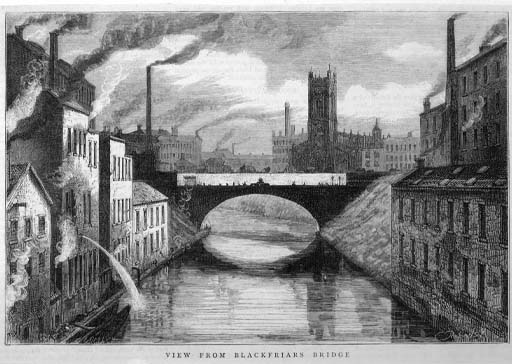4 Interpreting and using the data
The statistical movement of the 1830s and 1840s was motivated by a set of moral preoccupations. Crime, drunkenness, illegitimacy and political unrest were seen as consequences of increasing immorality among the working classes caused by a lack of education, poor sanitation and overcrowding. Of all the possible interventions available, education was regarded as critical to the creation of a more moral society. Mere instruction in how to read and write was not enough, the statisticians argued. For education to be of any value, it had to include the teaching of morality, preferably through religious instruction.

These preconceptions shaped both the collection and the interpretation of prisoner literacy data. Grading was introduced precisely to avoid the misinterpretation of the statistics. Large numbers of prisoners were described as having imperfect reading and writing skills (see Table 2). As a result, the correlation between illiteracy and crime was extended to include semi or poor literacy as well.
| Table 2 Literacy of persons committed for trial or bailed, 1836–1838 (%) | |||
|---|---|---|---|
| 1836 | 1837 | 1838 | |
| Unable to read and write | 33.52 | 35.85 | 34.40 |
| Able to read, or read and write imperfectly | 52.33 | 52.08 | 53.41 |
| Able to read and write well | 10.56 | 9.46 | 9.77 |
| Instruction superior | 0.91 | 0.43 | 0.34 |
| Instruction could not be ascertained | 2.68 | 2.18 | 2.08 |
Prison chaplains provided social policymakers with additional evidence to aid their interpretation of the prisoner literacy data. Tables in their reports highlighted the lack of religious knowledge possessed by those prisoners graded ‘imp’ and even ‘well’. Even more significant were their surveys of schools attended by prisoners. Large numbers had received their ‘imperfect’ education at schools run by the National Society or the British and Foreign Society which had been given tax-payers’ money. In 1846, the Rev. John Clay at Preston House of Correction declared that ‘no one sees more clearly than the chaplain to a gaol that public education is lamentably imperfect’ (Gaol Act Reports, 1847, p. 120).
In 1839, the prominent Whig politician, Lord John Russell, used the data on prisoner literacy and schooling to win Parliamentary support for the establishment of an inspectorate of schools in order to raise the quality of education in state-subsidised schools. At the same time, the association of imperfect education with criminal activity provided new ammunition for those who argued that any system of national elementary education must include religious instruction supplied by the Church of England. However, MPs who belonged to other Christian denominations insisted that national elementary education should be non-denominational. As a result, the introduction of universal schooling in England and Wales was delayed until the 1870s (Crone, 2022, ch.2).
